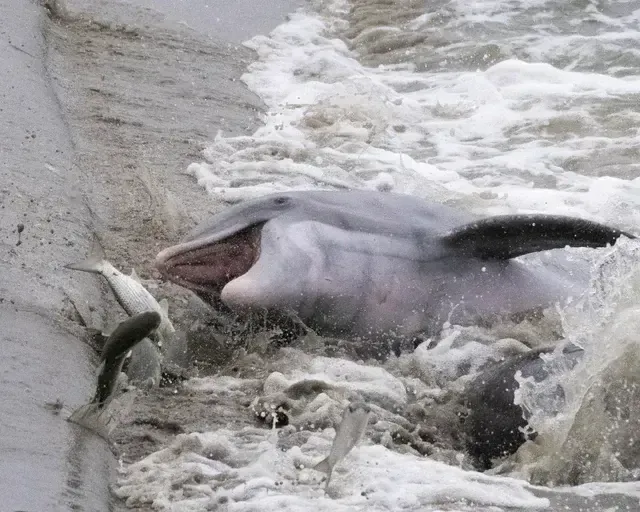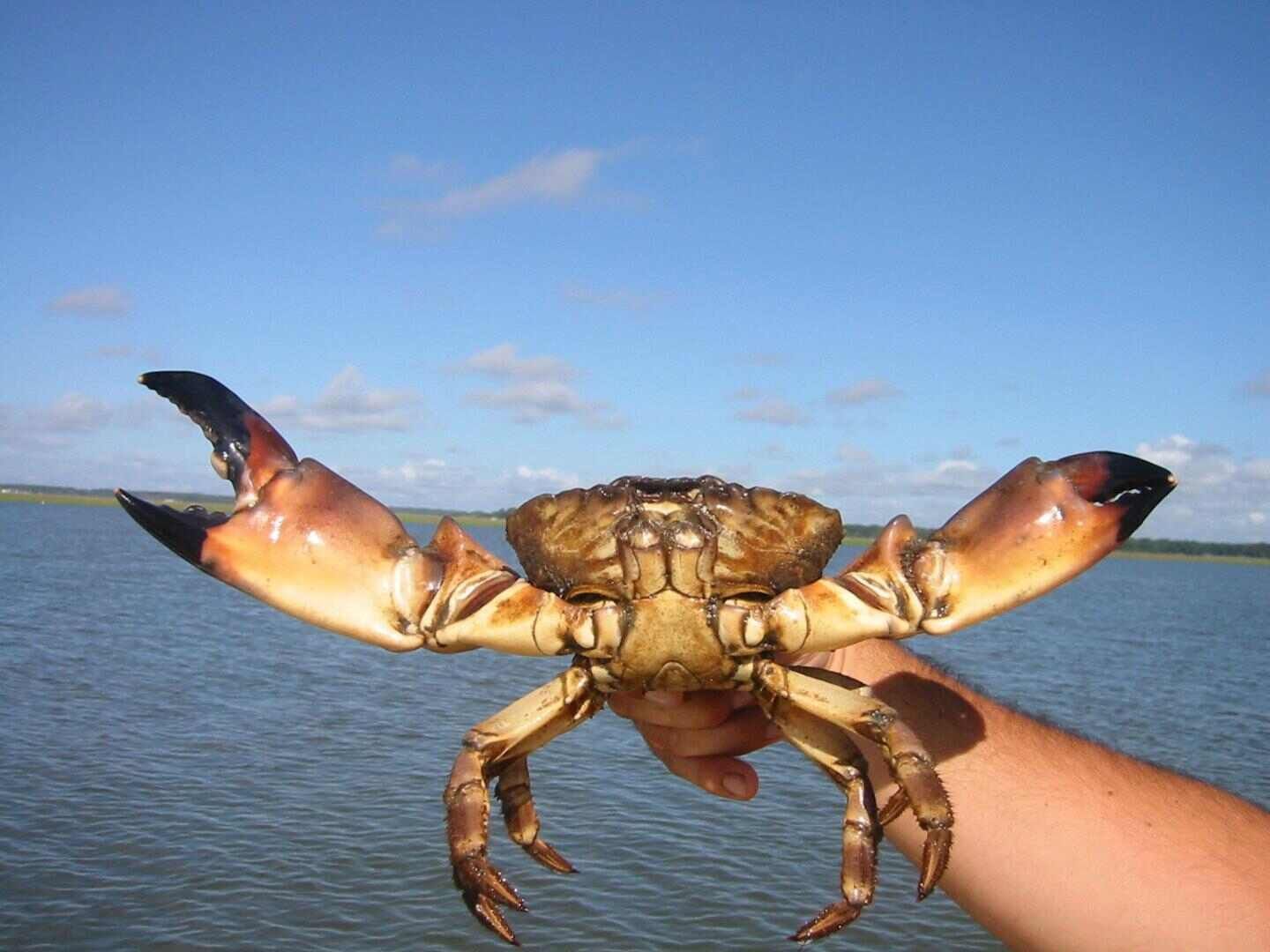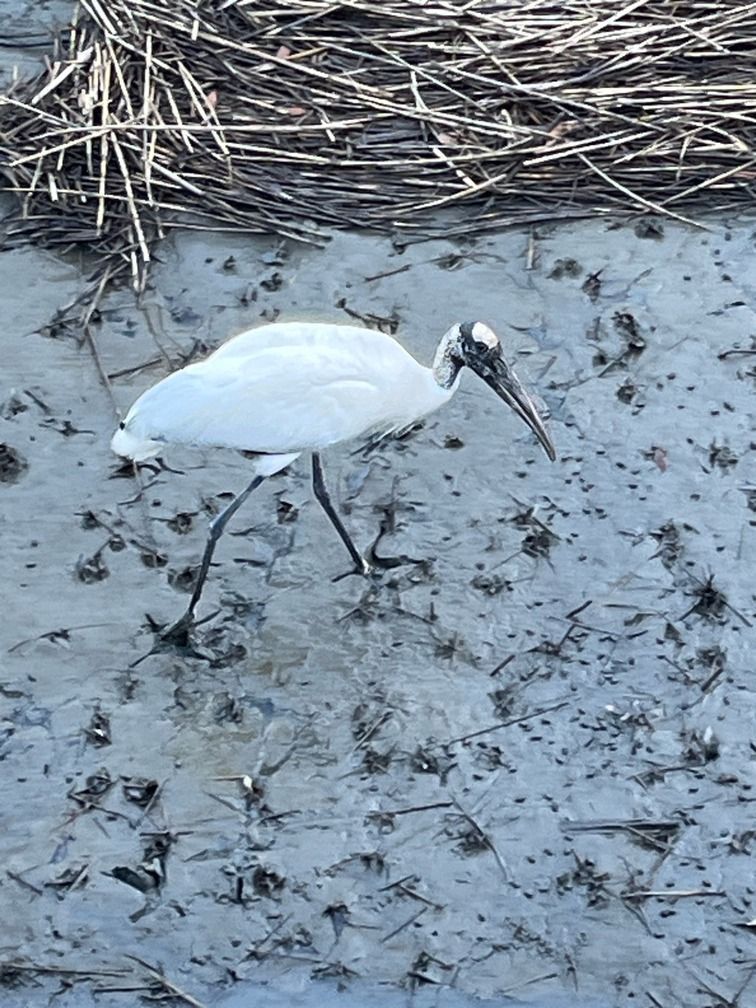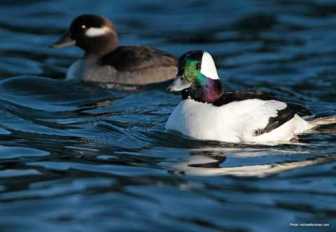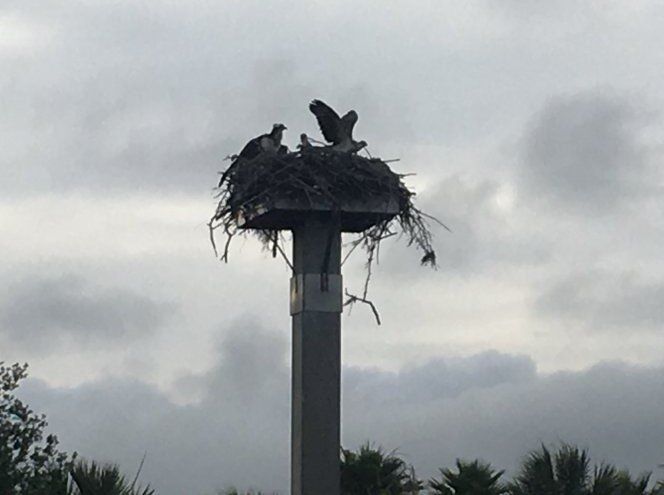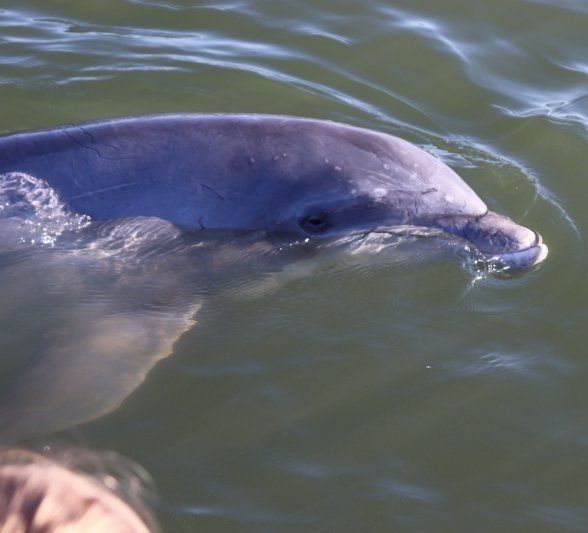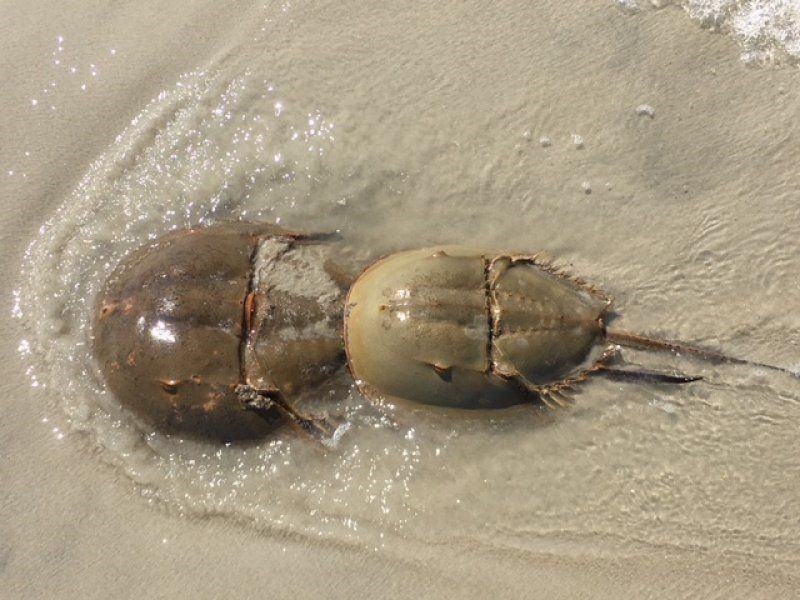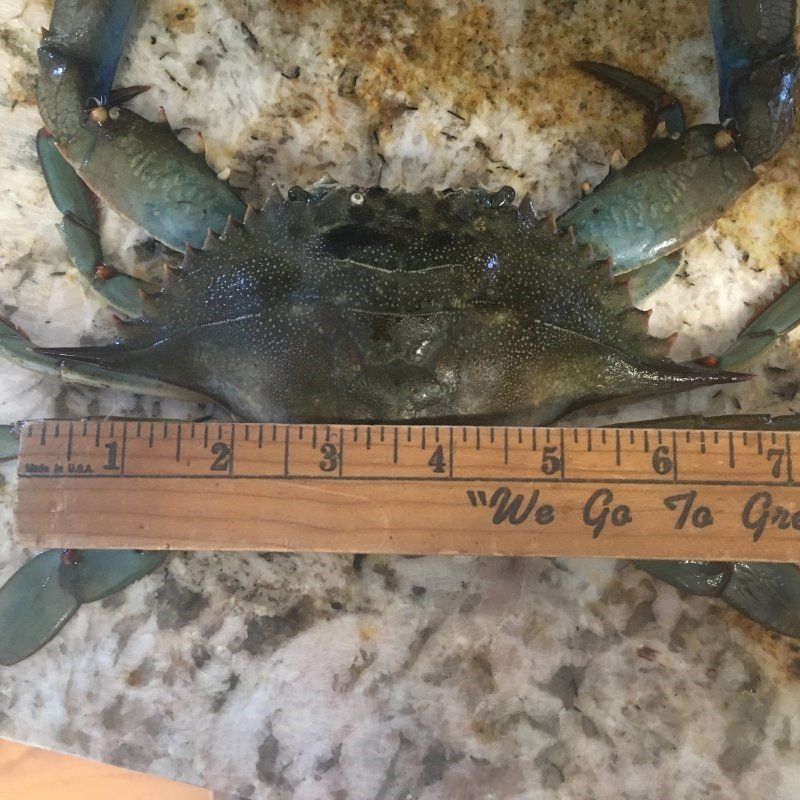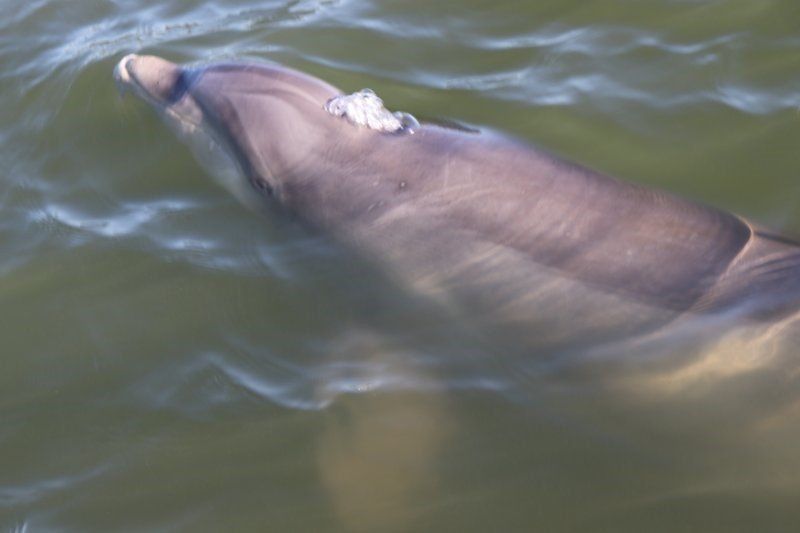The Pearl of Hilton Head
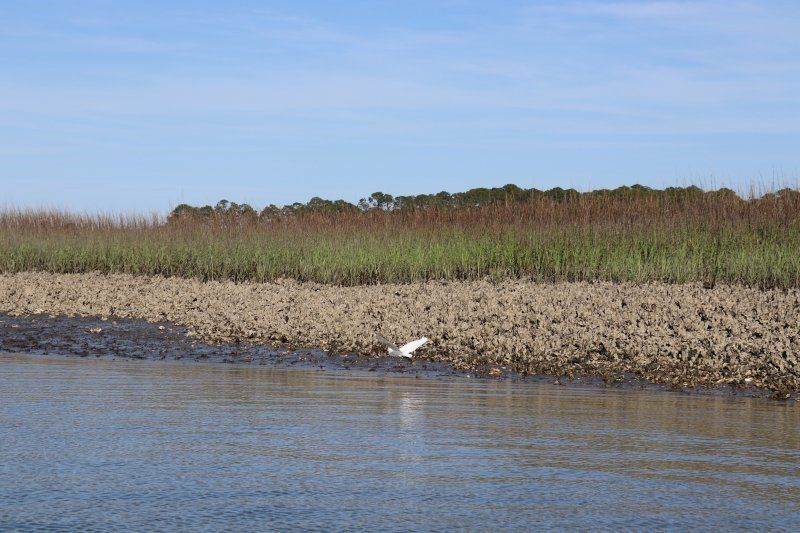
Did you know that pearls are created from just a small grain of sand? Oysters are the amazing animal that make these beautiful stones. Hilton Head Island is fortunate enough to call itself home to these amazing creatures. During mid to low tide is the best time to see most of the oyster beds on the Island. You will be able to see these large beds along the sides of Broad Creek during our Dolphin and Nature Tour.
Lets start with the basics, oysters are part of the mollusk family along with clams and mussels. Oysters start out as 1 of millions of eggs released in a milky yellow substance that is cross fertilized with the males sperm. The first body hairs hatch in about 10 hours from the egg and they form a shell within 2 days. At 2 weeks old they are now the size of a pea and sink to the bottom of the water. Oysters usually grow about 1 inch a year and can live for up to 10 years. A large cluster of oysters is called a bed. Oyster beds are a great habitat for many other small creatures. Oysters filter the salty water and eat the phytoplankton and algae in the water. Each oyster may filter anywhere from 7-50 gallons of water per day making them very important to the marshes ecosystem. Oysters are only recommended to be consumed in Months ending in the letter R.
Aside from being collected and eaten by people, oysters have other predators that enjoy them as a tasty treat. Small snails, starfish, stingrays, drum and sheepshead all enjoy feeding on these delectable mollusks. The beds of oysters, even the empty oyster shells create a place for baby oysters and other animals to attach and grow. Be careful if approaching and touching oyster beds as their shells can be sharp.
Now onto the pearl! A pearl is formed when a grain of sand gets into the oyster shell. To keep it from irritating the oyster, they cover the irritant with layers of a substance called nacre. This is the same substance that is used to create their shells. They continue to put layers of the nacre on it to decrease the irritation. Pearls found in wild oysters are rare and believed to be good luck when found.

